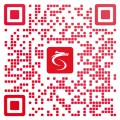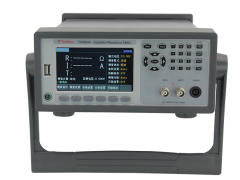Newest
What problems may occur if the range selection of the Changzhou Testkey insulation resistance tester
Improper selection of the range of the insulation resistance tester can affect the test results in many ways, and even cause safety hazards.
Firstly,data distortionoccurs when the range is much larger than the value of the resistance to be measured. If the instrument's resolution is insufficient, it is easy to have a deviation in the reading, for example, measuring a device with a value of tens of megohms with a gigohm range may misjudge the insulation performance as qualified; if the range is smaller than the value to be measured, it will cause the instrument to overload, display "out of range" or data overflow, unable to obtain the true resistance value, affecting the judgment of the device's insulation condition.
Then comesthe risk of equipment damage: if a higher range (corresponding to a high test voltage) is selected for equipment with weak insulation (such as aging cables), it may puncture the equipment's insulation layer, causing irreversible damage; while a lower range, with insufficient test voltage, fails to simulate the actual working conditions of the equipment, making it difficult to detect potential insulation defects, leaving hidden safety hazards.
Furthermore, there istest efficiency reduction: improper range selection requires repeated adjustments and retrials, especially in batch testing scenarios, which can significantly extend the testing time; at the same time, incorrect data may lead to unnecessary device disassembly inspection, increasing labor and time costs.
In addition, improper use of the long-term range may also accelerate the wear of the internal components of the instrument, shortening the service life of the equipment.



